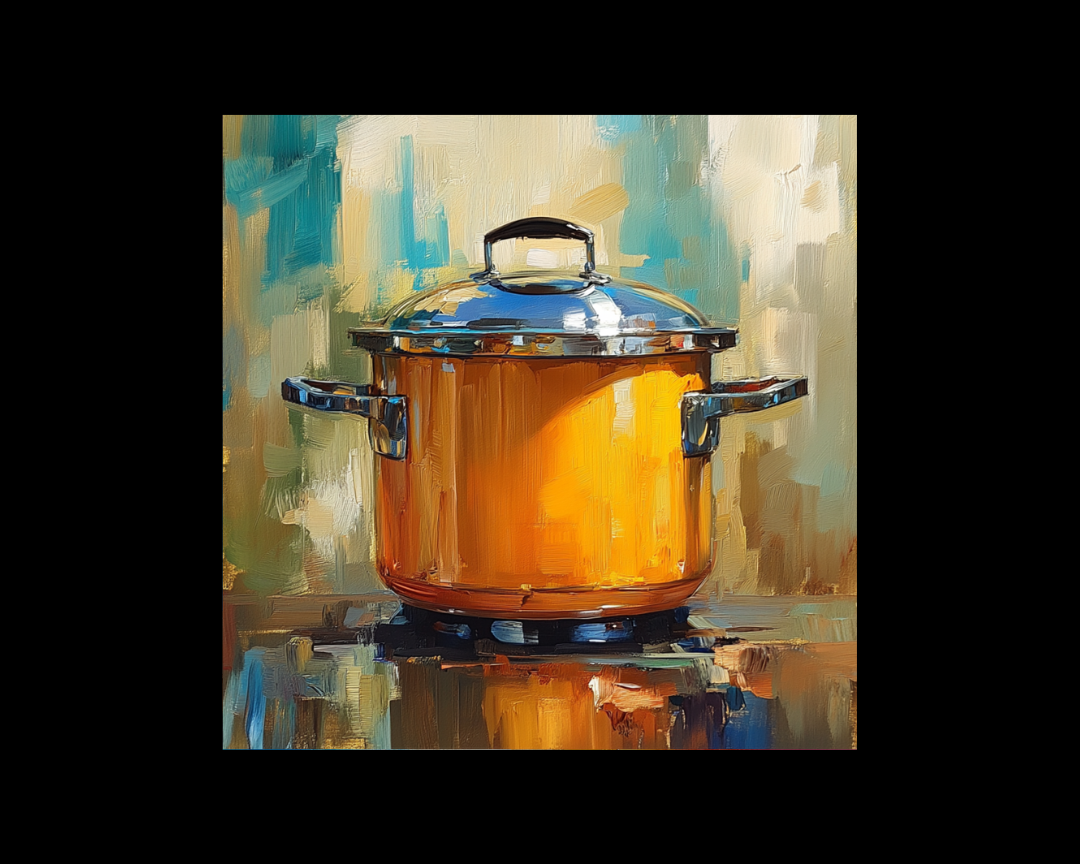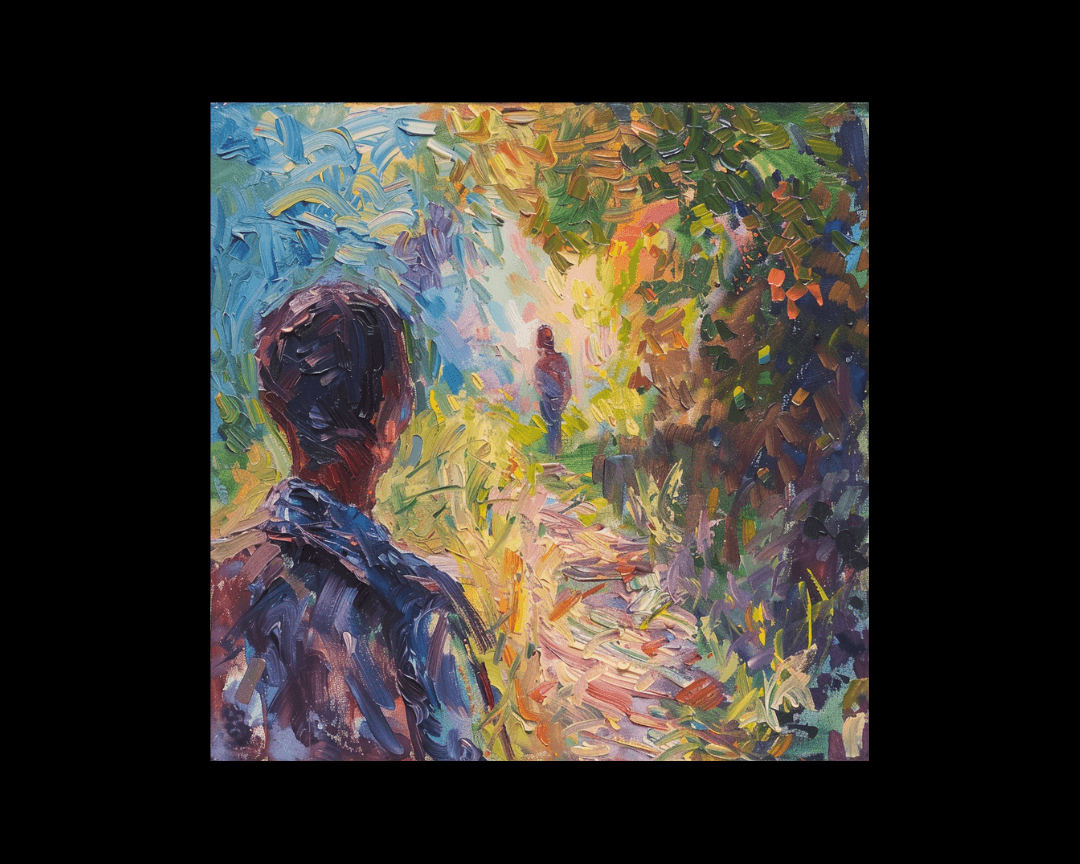How to Give Your Characters a Unique Voice
In the realm of fiction, character reigns supreme. Readers experience the triumphs and tragedies, the loves and losses, the grand adventures and...

Setting is far more than just a backdrop for your story. When used strategically, it becomes a powerful tool to increase tension, reveal character, and enhance your themes. The environment your characters inhabit can work as hard as any dialogue or action sequence to elevate your storytelling.
Whether you're writing a thriller, fantasy novel, or literary fiction, here are five effective techniques to use setting as a dynamic element that puts pressure on your protagonist and drives your story forward.
One of the simplest ways to create immediate tension is to place your character in an environment they don't know or understand. When characters are navigating unfamiliar territory, everything becomes more challenging:
This "fish out of water" scenario forces characters to rely on their wits and adaptability, revealing aspects of their personality that might remain dormant in comfortable surroundings.
Try this technique when: You want to test your character's resilience, create natural opportunities for exposition, or force your protagonist to grow beyond their comfort zone.
Examples in practice:
The geographical isolation of your setting can also amplify tension. An island cut off from the mainland, a remote mountain lodge during a blizzard, or a space station millions of miles from Earth creates a pressure cooker environment where characters must confront their challenges with limited options for escape or assistance.
Remember that the physical location should serve your story's needs. A rumor spreading through a small town creates different tensions than one in a large city. Consider how the geography itself shapes the conflicts your characters face.
Weather and natural elements provide powerful tools to increase the stakes and create external pressures on your characters:
When characters must battle both human antagonists and the forces of nature, the tension multiplies. A murder mystery becomes even more suspenseful when set against the backdrop of a hurricane or on a treacherous mountain climb.
Try this technique when: You want to add urgency, create additional obstacles, or test your character's physical limits alongside their emotional ones.
Examples in practice:
Weather can also reflect and amplify your character's emotional state. While this technique should be used subtly to avoid cliché, a brewing storm that mirrors your protagonist's internal turmoil can be effective when handled with nuance.
The environments characters choose or create around themselves can reveal volumes about who they are:
Pay attention to the details that matter. Is a home obsessively organized or chaotically messy? Are personal mementos prominently displayed or hidden away? Does a character seem at ease in certain settings but uncomfortable in others?
Try this technique when: You want to show rather than tell aspects of character, establish subtext, or reveal information to the reader that other characters might miss.
Examples in practice:
Settings can create powerful dramatic irony, where readers pick up on environmental clues that characters within the story might miss. A seemingly perfect domestic scene might contain subtle hints of danger or deception that create tension for the reader while characters remain unaware.
Your setting can physically manifest the themes of your story:
When your physical landscape embodies your themes, every description of the environment reinforces your story's deeper meaning.
Try this technique when: You want to strengthen your themes, create visual metaphors, or establish a consistent atmosphere that supports your story's emotional tone.
Examples in practice:
Settings in speculative fiction often directly embody thematic elements. An oppressive government might be represented by surveillance cameras on every corner and imposing architecture, while themes of freedom might be represented by wild, open landscapes. Even in realistic fiction, setting choices can subtly reinforce your core themes.
Sometimes, the most effective way to create tension is to set up expectations about an environment, then subvert them:
This technique plays with readers' expectations and creates a sense of unease by disrupting established patterns.
Try this technique when: You want to surprise your readers, create unsettling contrasts, or emphasize that danger can exist even in seemingly safe places.
Examples in practice:
The juxtaposition of normal settings with abnormal events can be particularly effective in creating tension. When terrible things happen in ordinary places, readers feel the violation of safety more acutely than if those same events occurred in traditionally dangerous locations.
The most effective stories often combine several of these techniques, using setting as a multilayered tool for building tension. Your environment can simultaneously reflect character, embody theme, present physical challenges, and subvert expectations.
As you revise your work, consider how each scene's setting is working for you:
Setting isn't just where your story happens—it's an active participant in how and why your story unfolds. When you treat your environment as a dynamic tool rather than static backdrop, you unlock new dimensions of storytelling that can transform your work.
The next time you find a scene lacking tension or impact, look to your setting. The solution might not be in changing what your characters say or do, but in changing where they say or do it. Put pressure on your hero through their environment, and watch your story come alive.

In the realm of fiction, character reigns supreme. Readers experience the triumphs and tragedies, the loves and losses, the grand adventures and...

Writers often look to nature for inspiration—whether for metaphors, settings, or character development. But what if we could take inspiration from...

In the tapestry of a character's life, the threads of the past often weave the richest patterns. These threads, these echoes of a life lived before...